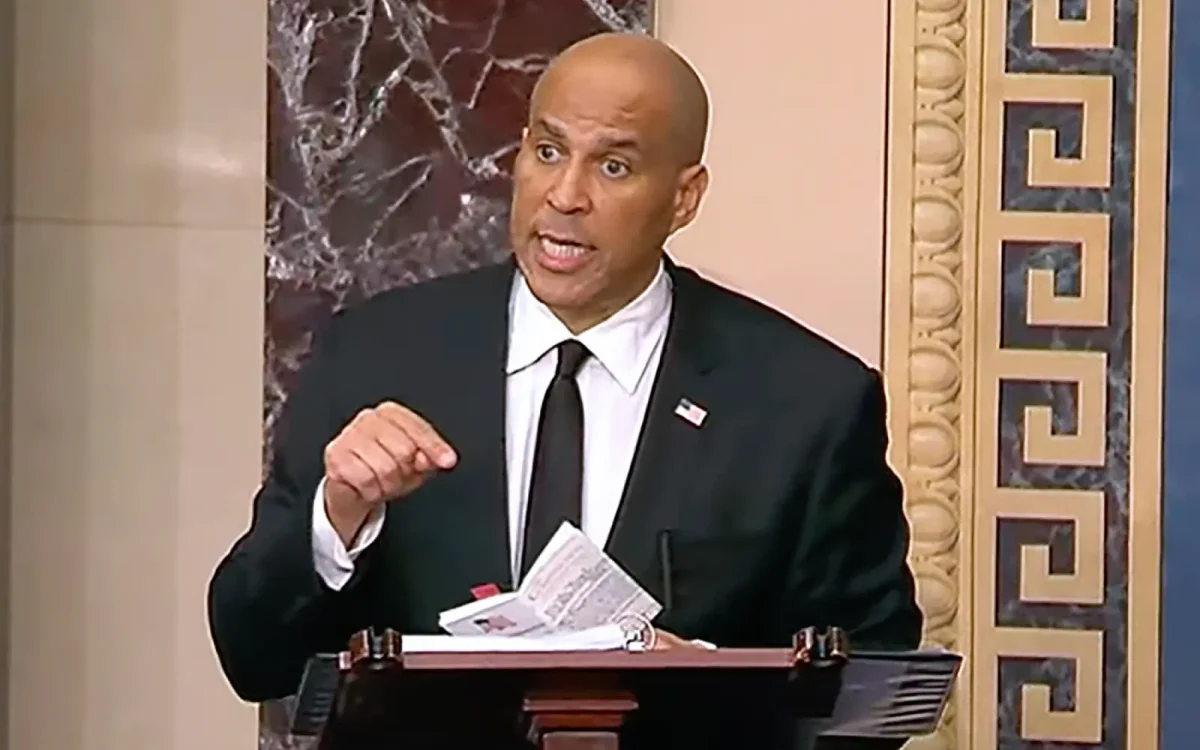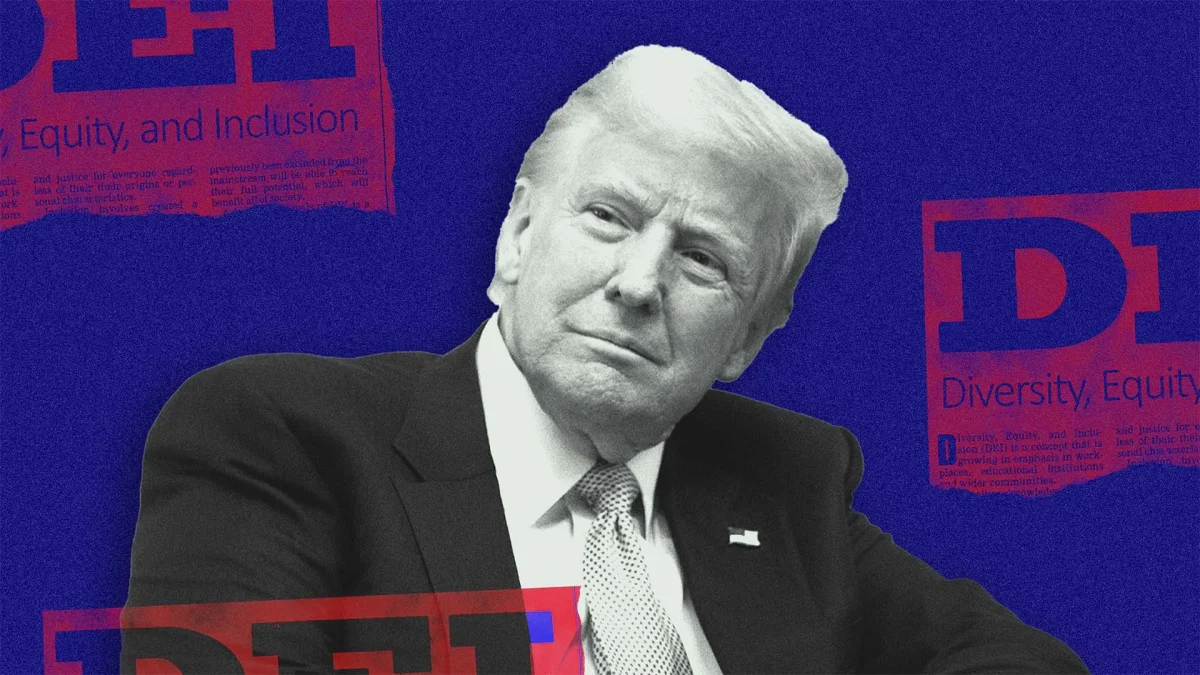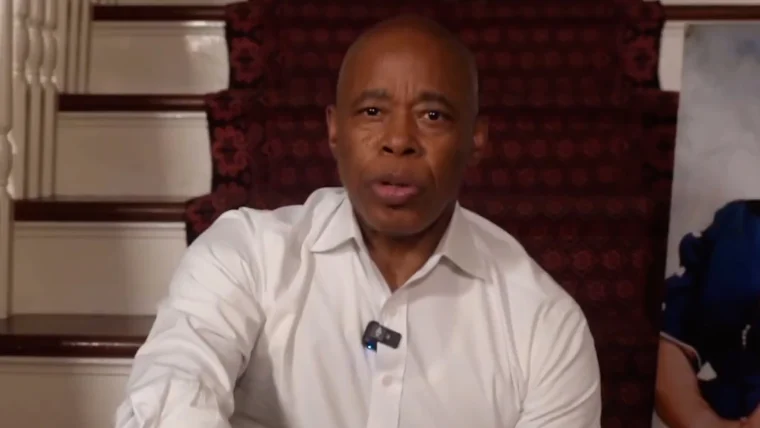President Donald Trump announced his nomination for the new Federal Reserve Chairman earlier this month. The pick is Jerome Powell, who will succeed Janet Yellen as the Federal Reserve’s Chairman once her term expires. Powell is a former equity executive who favors the continuation of gradually increasing the interest rate. He also sympathized with the White House’s call to ease financial regulations. During her time as the Chair of the Federal Reserve, Yellen implemented borrowing costs at quadruple their worth in late 2015 and scaled back central banking’s $4.5 trillion balance sheet. There is a mild concern over Powell’s reaction if the economy fails to grow under his lead. Powell lacks an economic Ph.D, unlike his predecessors for the previous four decades. Although his extensive knowledge of the criteria is evident, there is concern over whether he will cause serious damage under pressure and whether the economy will falter or grow. Concerns of this nature always arise in the context of potential major changes to monetary policy implemented by the Federal Reserve, as the macro-economy is a deeply interconnected and reactive system.
Powell has been a member of the Board of Governors of the Federal Reserve as nominated by former President Barack Obama back in 2012. He has supported the strategy of slowly building interest rates. This coincides with the Fed’s current hopes of bringing the interest rates back up. If Powell is not too careful in his decision-making, the possibility of raising rates too quickly could risk the possibility of the third longest US expansion. This would especially hurt the stock market rally as a whole. The transition to Powell’s mindset for the Federal Reserve marks a break from the tradition of increasing monetary reigns, which has occurred throughout the past 10 years, a period during which the economy was met with unprecedented stimulus to minimize damage from the 2008 financial crisis.
Yellen’s term has generally been beneficially predictable. This lead to primarily a flowing market run in stocks that began in March 2009 due to the low interest rates at that time. Under her term since however, the Fed has increased interest rates four times, with another increase anticipated for before 2018. She scaled back the central bank’s $4.5 trillion balance sheet under her term as well. The Fed’s balance sheet is expected to shrink under Powell’s direction, especially the bonds the Fed bought to bring down mortgage rates and put stock and corporate bond assets at risk. After Yellen’s expiration of term, it will be expected of Powell to continue the growth of the nine-year economic expansion, which desires a faster gain in domestic product with consistently low interest rates.
Powell’s new position has brought upon a major departure in monetary policy, with Yellen stepping down, hoping to continue monetary policy and abiding by gradual normalizing rates and reducing the Fed’s balance sheet. His new position has been met with an overall positive reaction from the community, expecting great things. Others however worry about problems arising, such as the economy being unable to grow, policy mistakes, and so on. His decision-making has been known to be pragmatic and non-ideological, mainly within the Fed’s guidelines, so radically different ideas wouldn’t be a possibility unless things change unexpectedly.
Powell’s selection is renowned and acknowledged spectacularly within the economic system, and although there are doubts within Powell’s power, the chance of drastic measures is slim to none. Yellen’s term is slowly expiring, yet the anticipation of the fifth extension of interest rates in December is hanging over everyone’s head. In a few more weeks we will see what the new Fed holds for the economy.

Federalreserve / Wikimedia Commons
















